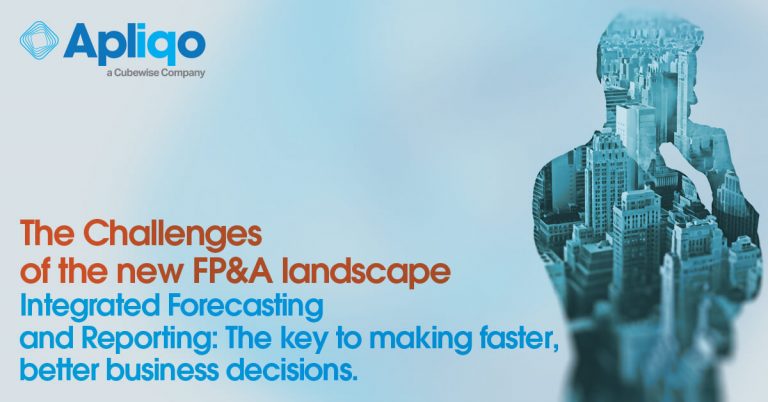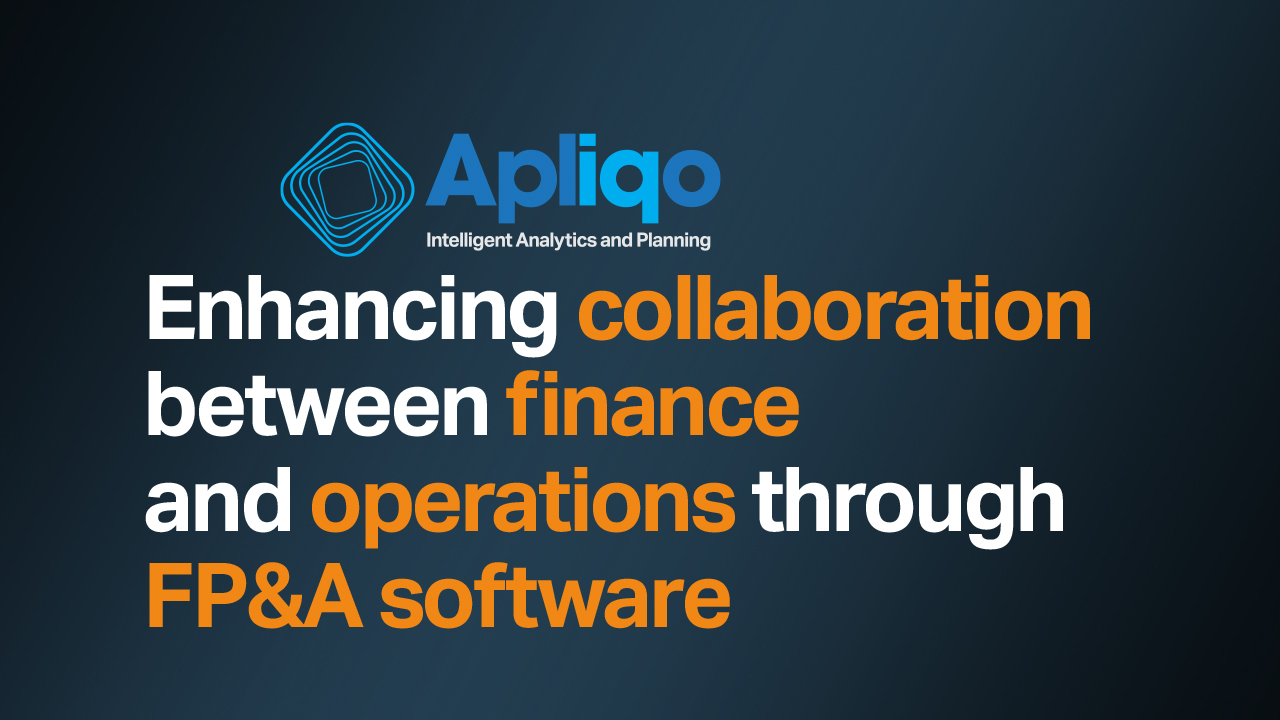Today, companies typically rely on 4 main kinds of projections:
- Long Range Plans: 3-7-year plans designed for company executives and external stakeholders. These plans set out strategies that help guide long-term investment decisions.
- Budget/Operational Plans: 1-year plans which usually look at the coming financial year. They help identify key activities and clarify resource allocation across various company departments, including marketing, product development, HR, and more.
- Period Forecasts: plans of 12 months or less duration focusing on a financial period. Usually updated on a monthly or quarterly basis. Forecasts help guide short-term decisions by company executives, operational management, and external stakeholders. Such financial forecasts are typically a composite of actuals for past months and projections for months still to come in the forecast period.
- Rolling Forecasts: Unlike traditional financial forecasts, which have a fixed period of reference, rolling forecasts look well beyond the coming financial year and usually have a scope of a moving 12-36 months or 4-12 quarters.
Juggling these different forecasts is already challenging but FP&A teams are also facing new demands from both company executives and external stakeholders. These demands affect everything from the systems they use down to the ways in which they handle their data.
Nowadays, companies depend on continuous “on-demand” planning using integrated platforms and big data. We’re seeing a shift away from IT-controlled planning solutions and more responsibility going back to finance departments. Companies are also trading in traditional, detailed accounting period reports for simple, yet more expansive forecasting techniques such as Rolling Forecasts.
In order to meet new requirements, companies and their FP&A teams must look to new integrated systems solutions. Ideally, these systems should be driver-based and dynamic, allowing an organization to plan multiple forecasts at a time, and offering a streamlined process for putting together expansive, rolling forecasts that look beyond the traditional accounting period.
Best Practices for Integrated Forecasting and Reporting
Integrated forecasting and reporting offers companies new, dynamic and substantive ways to make decisions. By running all their different types of forecasting in one centralized platform, companies can unify their financial data and connect it with all the other aspects of their operations. This can include everything from sales and marketing to HR and logistics.
In order to be effective, however, these integrated systems should observe some of the following best practices:
- Driver-based planning, to help identify and focus on the key drivers of a business.
- Zero-based budgeting, to examine all departments within a company and ensure they are contributing to the company’s needs.
- Activity-based budgeting, for better, more detailed cost-analysis of the various aspects of the business.
- Beyond budgeting techniques, such as rolling forecasts, to provide a more dynamic and adaptive response than traditional budgeting.
- Top-Down and Bottom-Up planning. Companies need to find the right balance of top-down and bottom-up planning to make solid projections and identify key strategies for their business.
- Predictive elements, to help the company streamline data entry.
- Simulation and integration. Integrated applications need to have the flexibility to simulate new business situations on the fly, allowing the company to anticipate changes to the fundamental parameters of its business and adapt to them accordingly.
The End Result: Transparency, Collaboration and Streamlined Budgeting
Integrated reporting and forecasting platforms that follow these best practices ultimately help companies make better, more informed decisions about their business. Smart companies benefit from more transparency about all aspects of operations, and will spend less time budgeting thanks to more dynamic, moving forecasts. Integrated forecasting and planning also supports collaboration between different departments and reduces cycle time, meaning projections are available earlier making management more effective.
Do you want to know more about Forecast Methodologies? Click HERE to watch the recording of our webinar.







